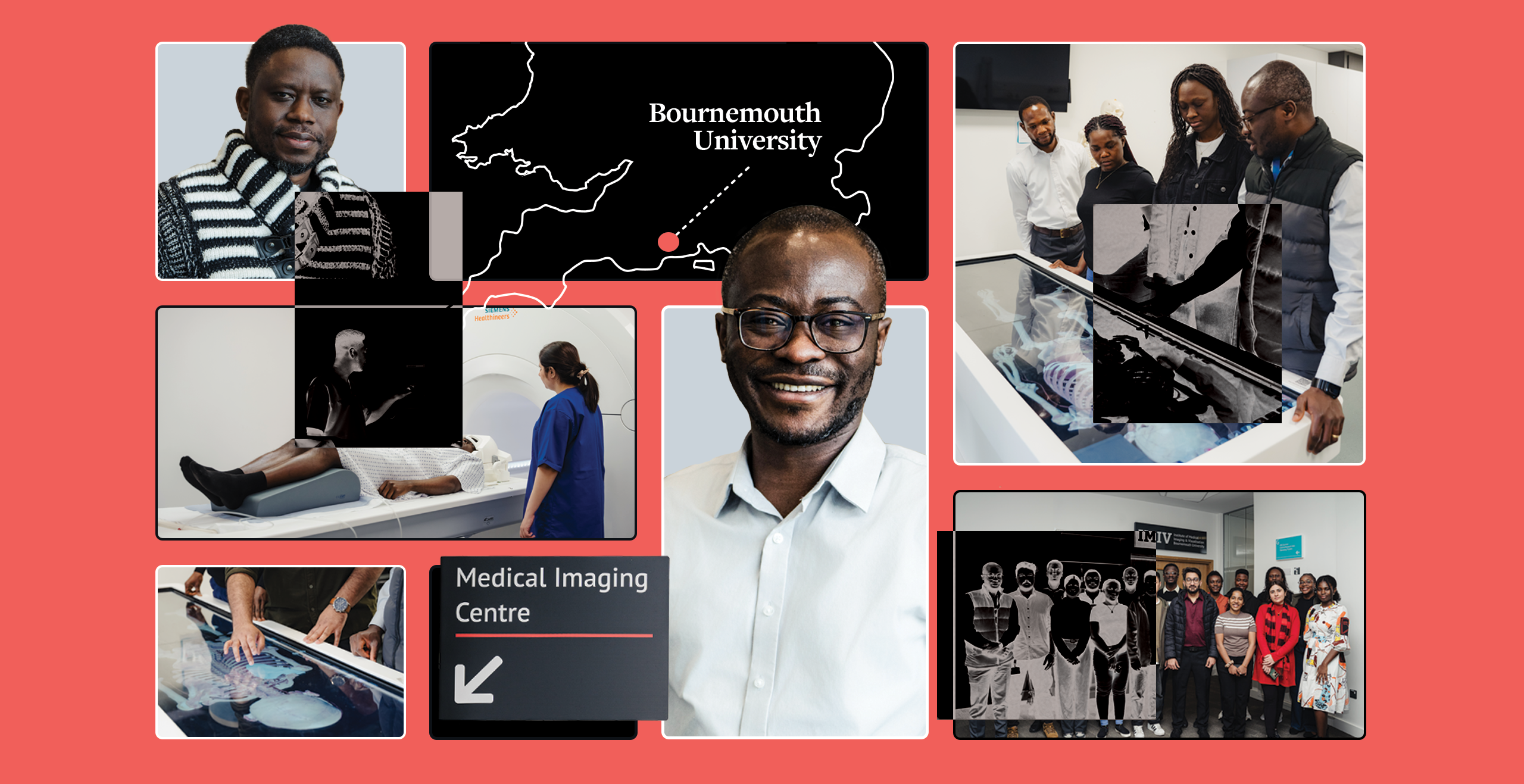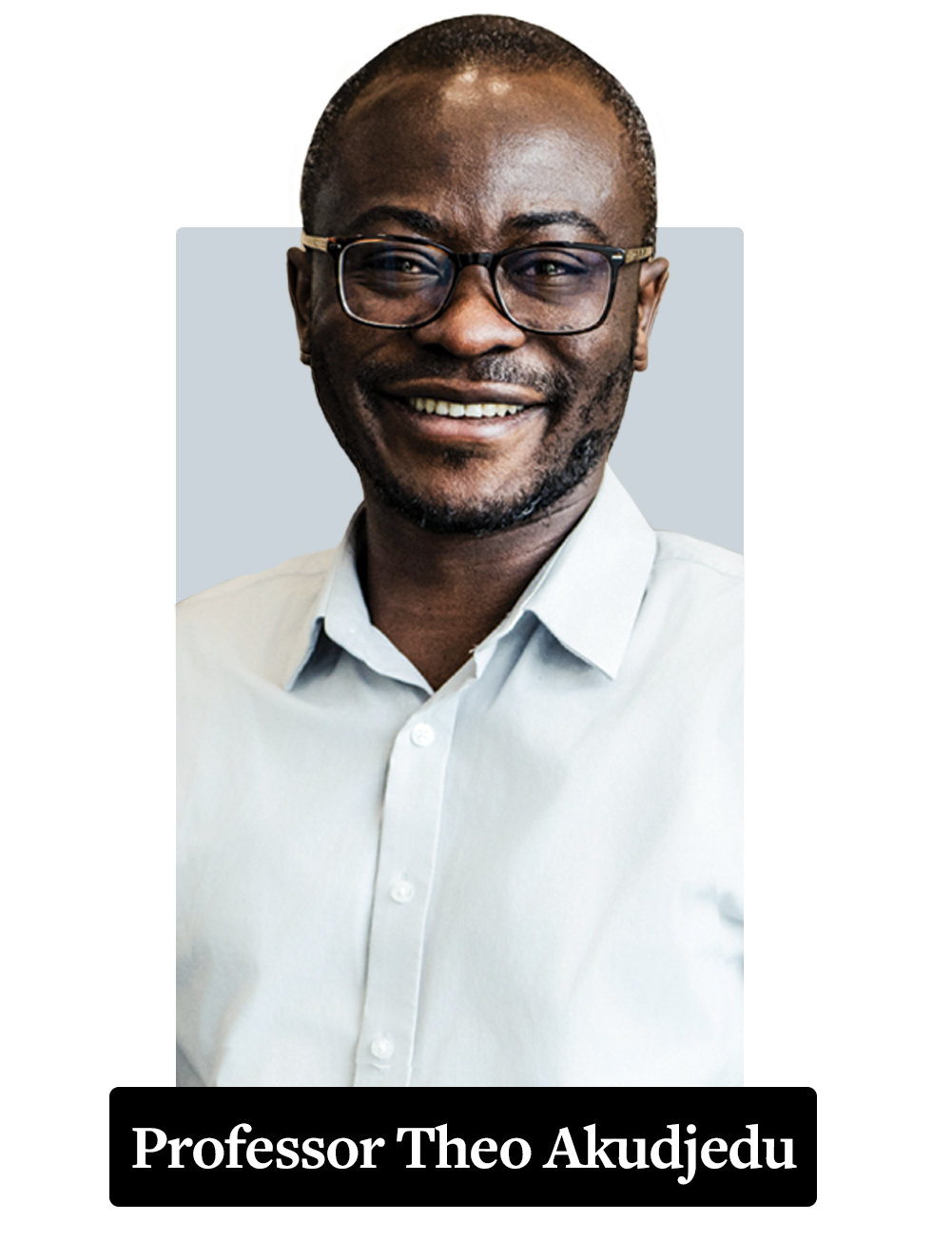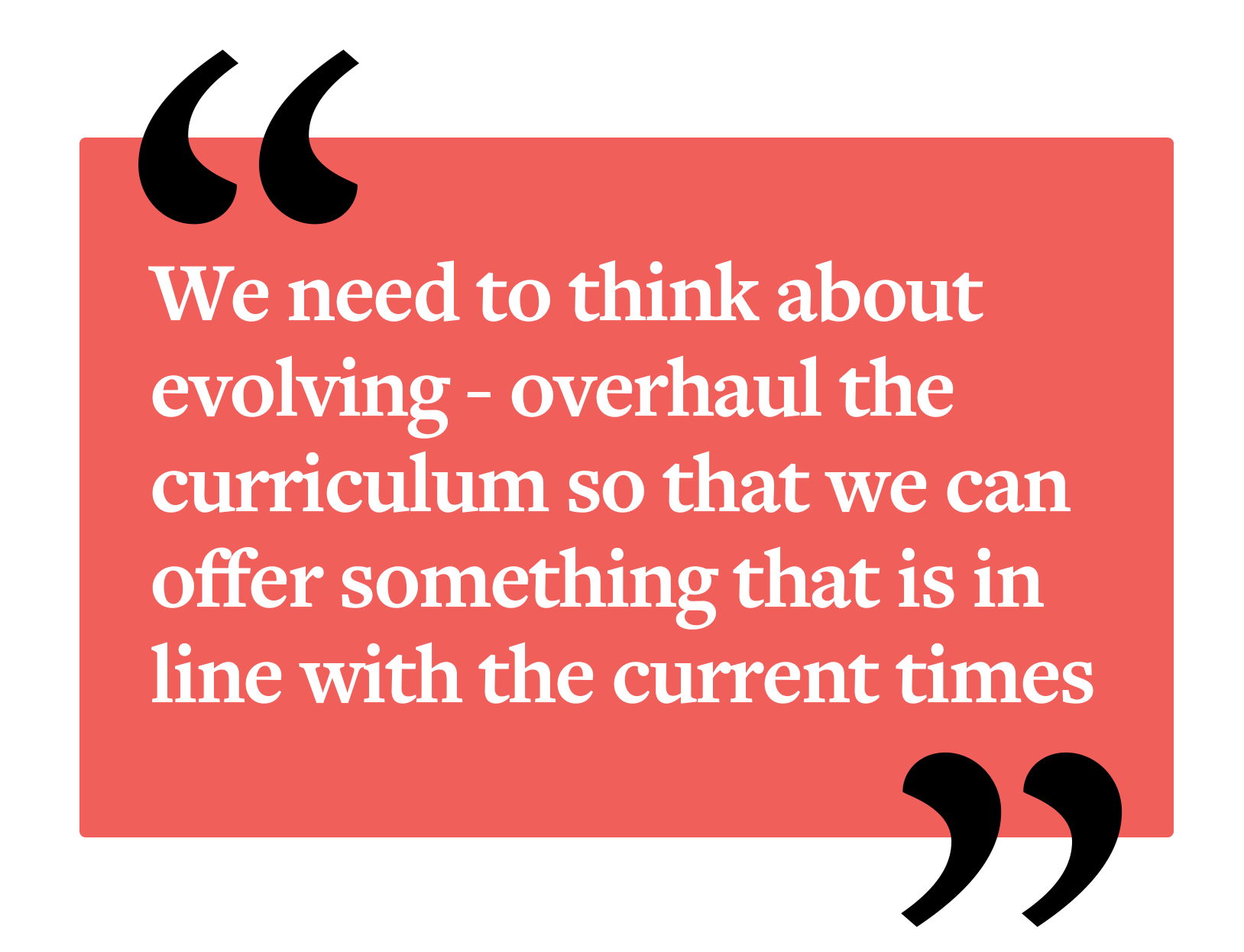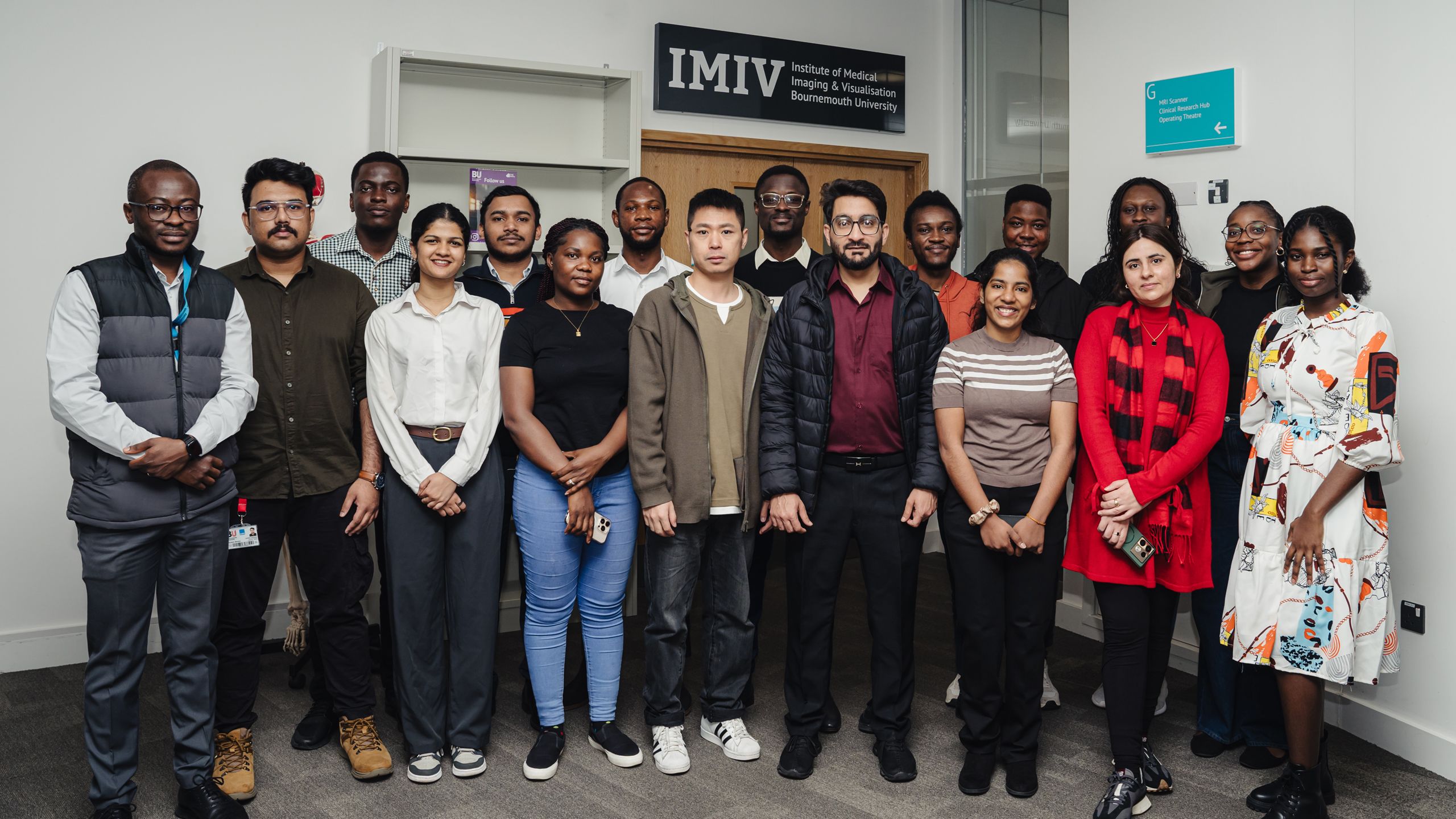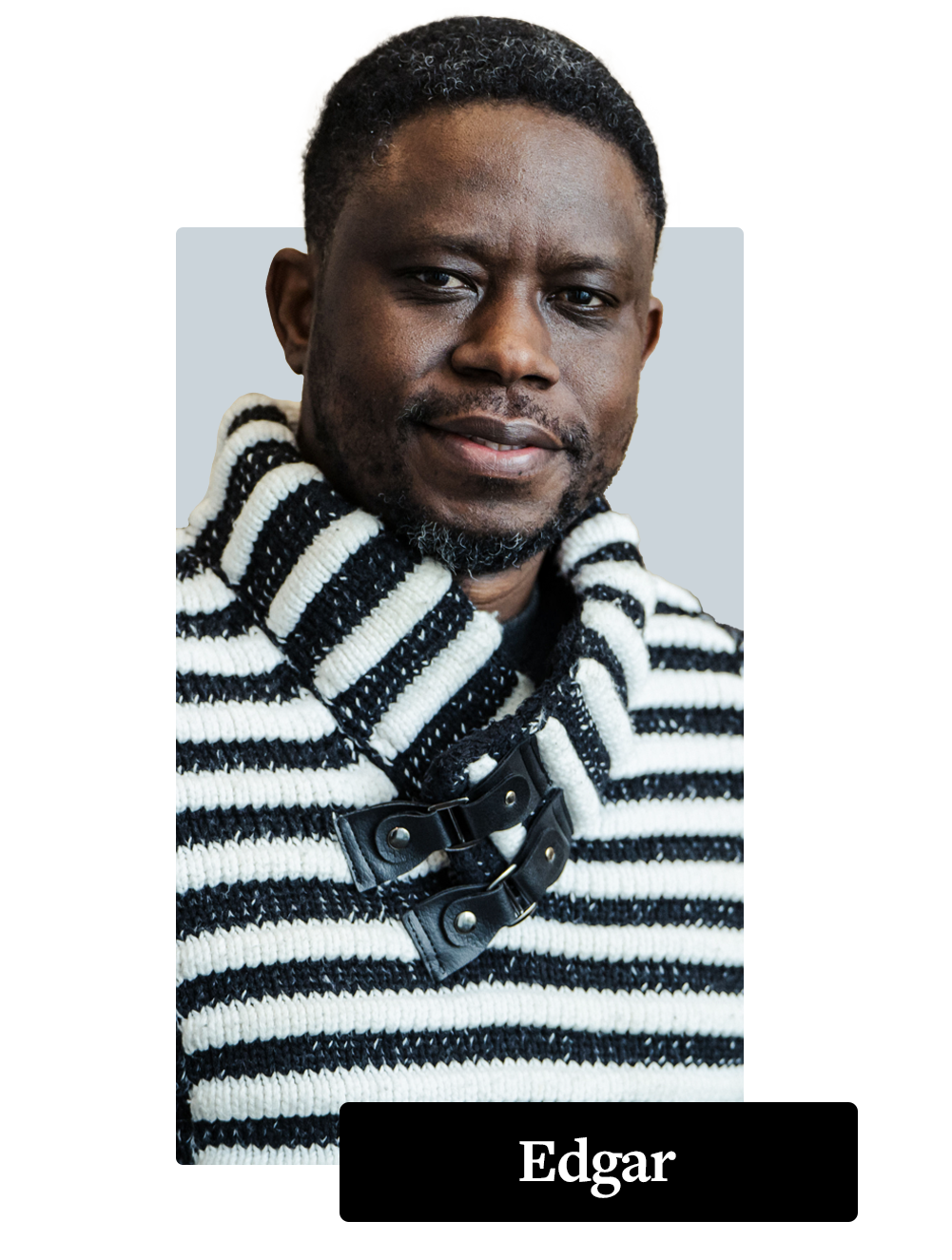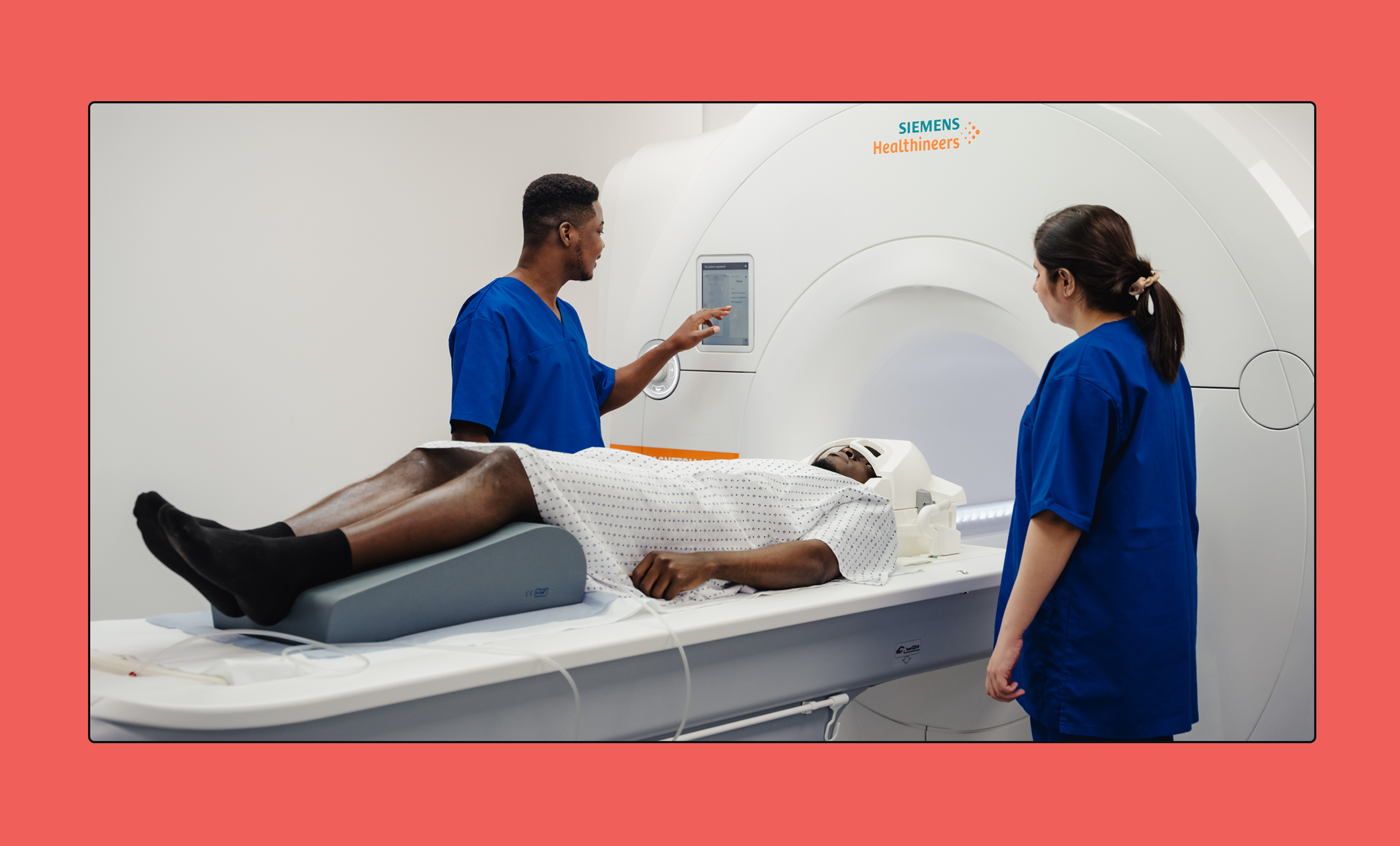Medical Imaging with Management: Bournemouth’s unique radiography course
Bournemouth University has been running its Medical Imaging with Management master’s programme for five years now. To find out more about its distinctive combination of clinical imaging and leadership training, Synergy spoke to Professor Theo Akudjedu
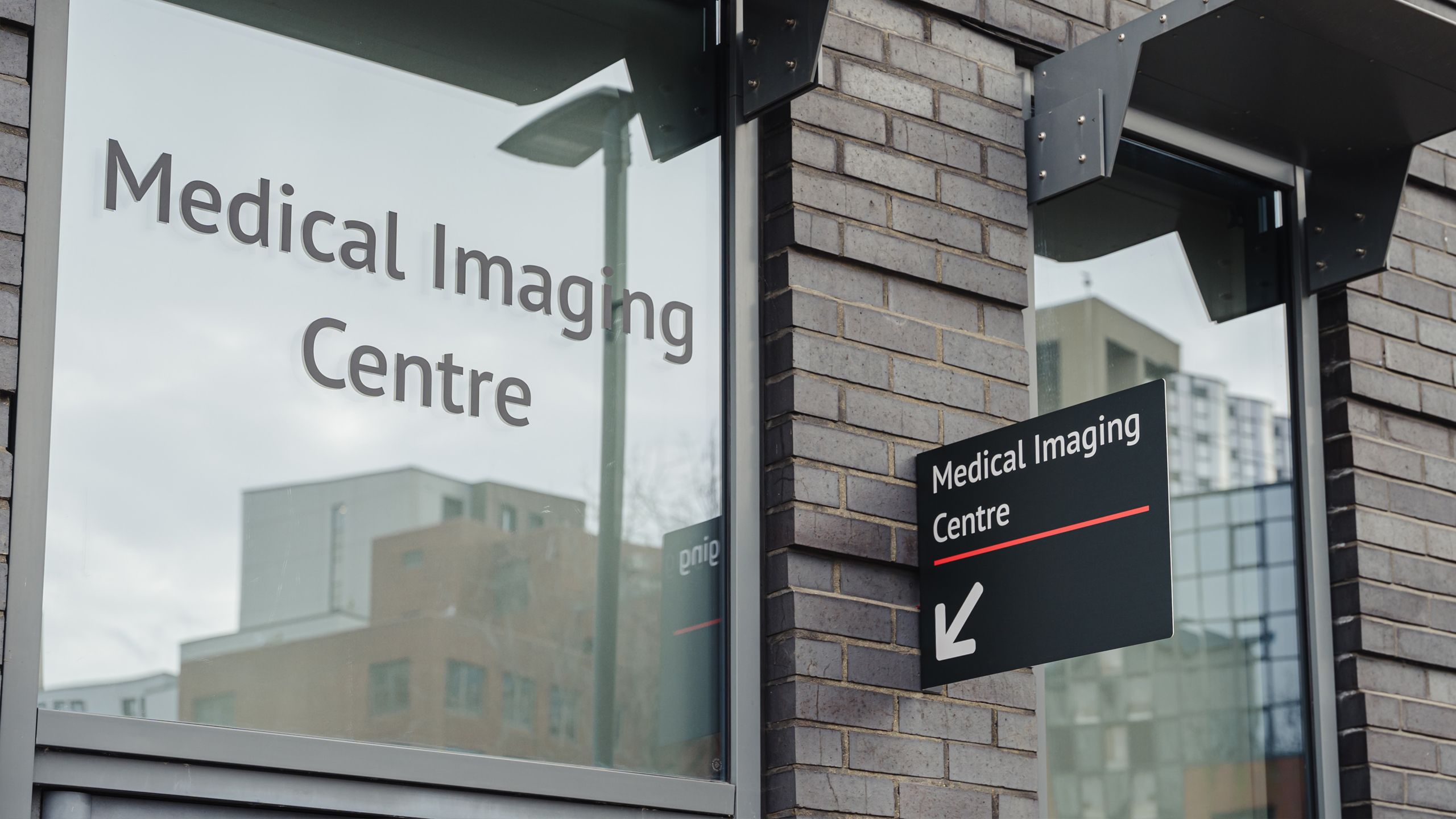
Advancements in the field of radiography are nothing new to members of the SoR, many of whom are working right at the cutting edge of the profession to improve standards of care, demonstrate best practice and improve capacity, often in the face of enormous systemic problems facing healthcare in the UK as a whole.
But while clinical radiographers, researchers and support workers in hospitals have a first-hand view of the evolving needs of the population, Professor Theo Akudjedu raised another question: are we enabling students to make the most of these advancements?
Training for healthcare professionals has gone through a number of evolutions across the lifetime of the field, with the introduction of new technologies such as nuclear medicine and cross-sectional imaging requiring innovative approaches to teaching. Theo, however, wants to take the question further back, and introduce new training models entirely. His MSc programme, Medical Imaging with Management, has been running at Bournemouth University for five years, and is unique in the UK. Doing so, he argues, is the best way to safeguard the future of radiographers, the future of the profession and the future of healthcare.
Synergy paid a visit to sunny Bournemouth to ask Theo about his vision of the future of radiography, and why he believes the university’s unique radiography course can help.
‘A one-stop shop’
Bournemouth University’s master’s of science programme, Medical Imaging with Management, is an interdisciplinary course that caters to scientists, radiographers, medical physicists, engineers and medical students who are looking to develop into a career in radiology.
It is a dual-focused course, with attention paid to the clinical skillset needed for a career in advanced medical imaging practice, research and leadership, as well as the essential leadership and people management skills needed for a career in the field. It is a one-year course undertaken full time, or 24 months when undertaken part time.
The course explores technological advancements including data management systems, imaging techniques, imaging anatomy and the skills to recognise clinical abnormalities.
In Theo’s eyes, what makes the course unique is its marriage of key clinical concepts in medical imaging with management at leadership training at the master’s level. The course aims to train qualified radiographers – or others interested in working in medical imaging – to be prepared for leadership and managerial roles within clinical work, within industry and in research.
According to Theo, the cohorts over the years have always been very diverse; many students have been radiographers, some have been doctors, while others were biomedical engineers. Tying the common thread between each of them, though, is their progression to senior roles in the NHS or beyond. Some have gone on to become radiology managers, some have taken on Band 7 or 8 roles and some have entered into academia and research.
Theo explains: “Radiographers get trained with more emphasis on the clinical aspects of practice – but when it comes to the management aspect, there isn’t as much attention. However, when radiographers graduate and go into clinical practice, industry or academia, they realise the need for leadership to enable them to progress.
“Some of them go on to do some specialised management courses or an MBA. The question was, can we provide them with a bespoke education that actually integrates management and leadership with the advanced medical imaging principles and techniques, so that they get a one-stop shop education?”
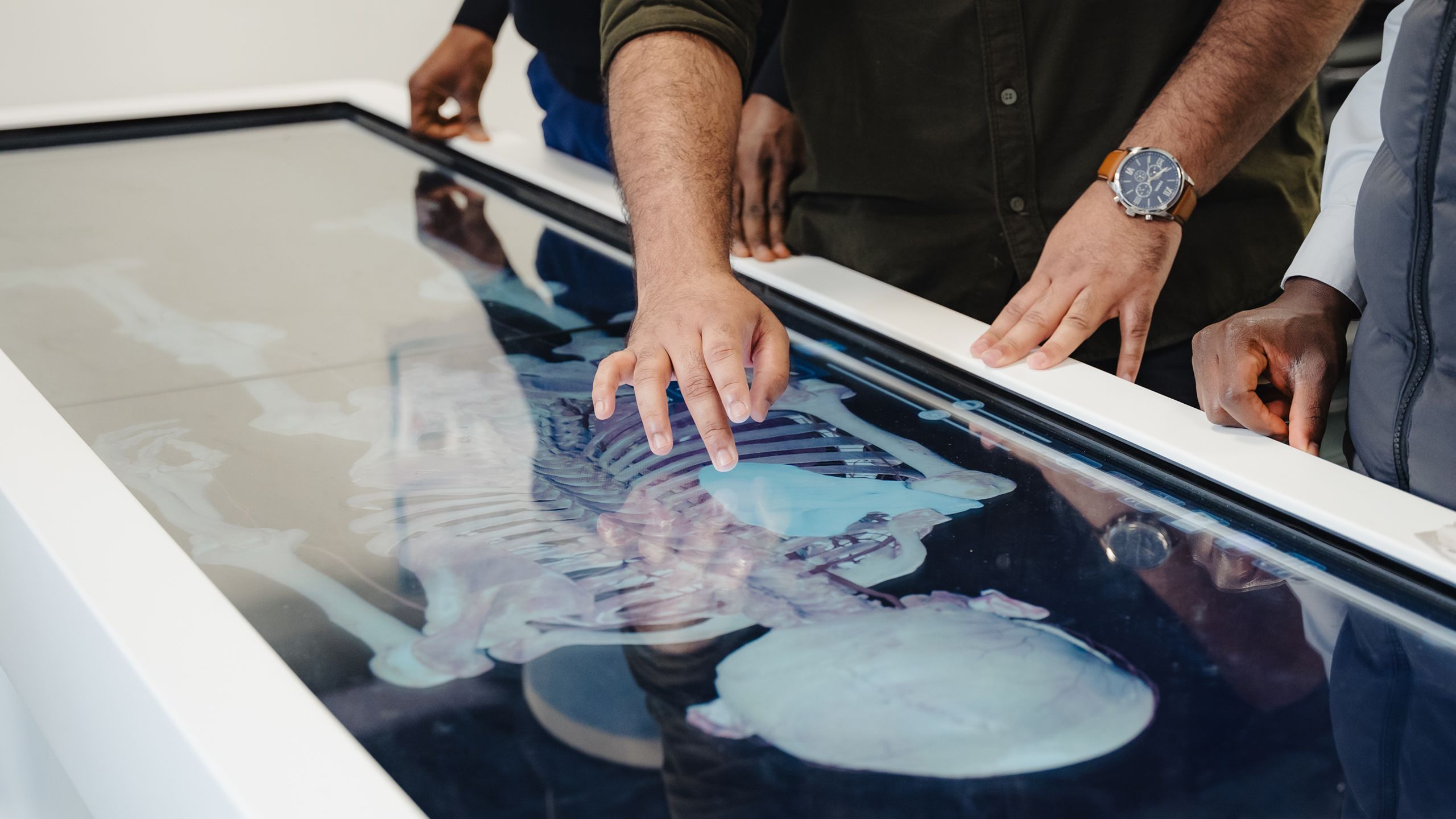



The Institute of Medical Imaging and Visualisation
With CT, MRI and now ultrasound scanning techniques modules on offer, the course is more well rounded than ever, says Theo. Alongside this, the course has grown over the past five years to include a much greater emphasis on research, giving students the opportunity to get involved in projects being conducted within the Institute of Medical Imaging and Visualisation (IMIV). Doing so saves students both time and financial resources while giving them a closer look at novel technological developments and imaging techniques.
The IMIV has helped Theo support his students on the clinical aspect of the course – the institute has access to an MRI scanner, ultrasound equipment and more. Being able to bring students down for hands-on, practical demonstrations of techniques and principles taught in the classroom helps them appreciate the reasoning behind them, he says.
It also supports other programmes across the faculty, such as physiotherapists who want a better look at sports injuries.
Allowing students to develop their multidisciplinary expertise has given them the chance to explore interprofessional education, Theo adds. “In terms of research, we use the scanner to support that,” he continues. “We support students to get the feel of research, but we support other people’s research too. For some people it’s just on a contractual basis – they pay for the service and use the scanner for work.
“Across the South West region, too, we are involved in a number of national projects and international projects that have sites in the UK.” These projects include the national dementia studies, a study into concussions in footballers and one conducted by researchers at Bournemouth University itself studying the benefits of wild swimming.
Most recently, the institute has attained approval by the Care Quality Commission to scan patients from the NHS. “Doing that forms part of the university’s community engagement and civic responsibilities in supporting the NHS, supporting the local area, supporting the region,” Theo explains. “It’s also helpful for students, who can now be placed here in addition to going to the NHS for clinical placements.”


The Institute of Medical Imaging and Visualisation
With CT, MRI and now ultrasound scanning techniques modules on offer, the course is more well rounded than ever, says Theo. Alongside this, the course has grown over the past five years to include a much greater emphasis on research, giving students the opportunity to get involved in projects being conducted within the Institute of Medical Imaging and Visualisation (IMIV). Doing so saves students both time and financial resources while giving them a closer look at novel technological developments and imaging techniques.
The IMIV has helped Theo support his students on the clinical aspect of the course – the institute has access to an MRI scanner, ultrasound equipment and more. Being able to bring students down for hands-on, practical demonstrations of techniques and principles taught in the classroom helps them appreciate the reasoning behind them, he says.
It also supports other programmes across the faculty, such as physiotherapists who want a better look at sports injuries.
Allowing students to develop their multidisciplinary expertise has given them the chance to explore interprofessional education, Theo adds. “In terms of research, we use the scanner to support that,” he continues. “We support students to get the feel of research, but we support other people’s research too. For some people it’s just on a contractual basis – they pay for the service and use the scanner for work.
“Across the South West region, too, we are involved in a number of national projects and international projects that have sites in the UK.” These projects include the national dementia studies, a study into concussions in footballers and one conducted by researchers at Bournemouth University itself studying the benefits of wild swimming.
Most recently, the institute has attained approval by the Care Quality Commission to scan patients from the NHS. “Doing that forms part of the university’s community engagement and civic responsibilities in supporting the NHS, supporting the local area, supporting the region,” Theo explains. “It’s also helpful for students, who can now be placed here in addition to going to the NHS for clinical placements.”
‘What do we want the future radiographer to look like?’
With the NHS, radiography and models of work evolving, Theo points out that the students and professionals of the future are going to look very different to the ones of today. “We need to think about evolving,” he says. “Overhaul the curriculum so that we can offer something that is in line with the current times. Other institutions offering radiography need to do so, but the professional community as a whole does, too.”
Synergy spoke to students on the Medical Imaging with Management course to find out their perspectives on the evolution of the profession, and how the programme is helping them keep up with the changing needs of modern healthcare.

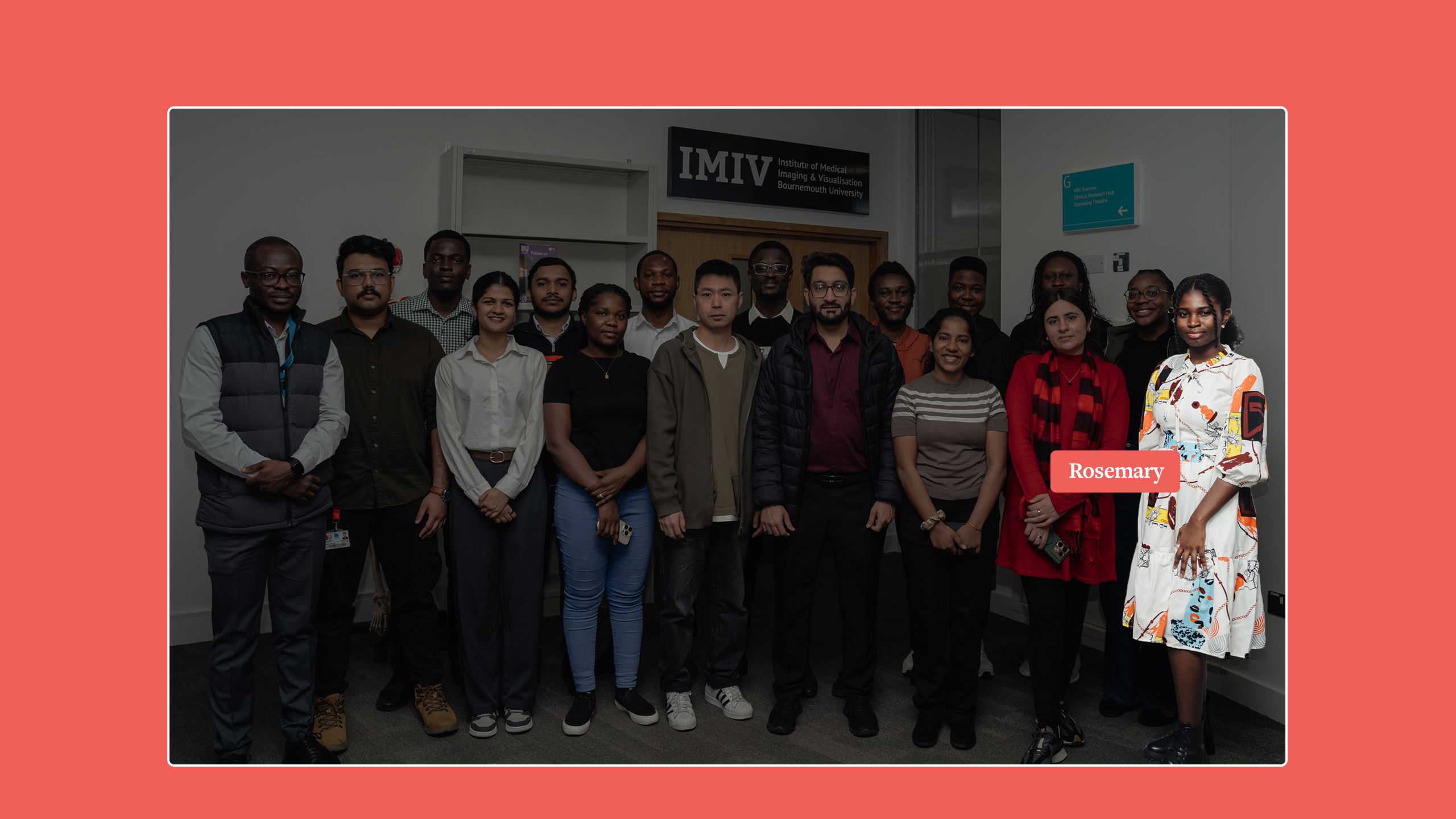
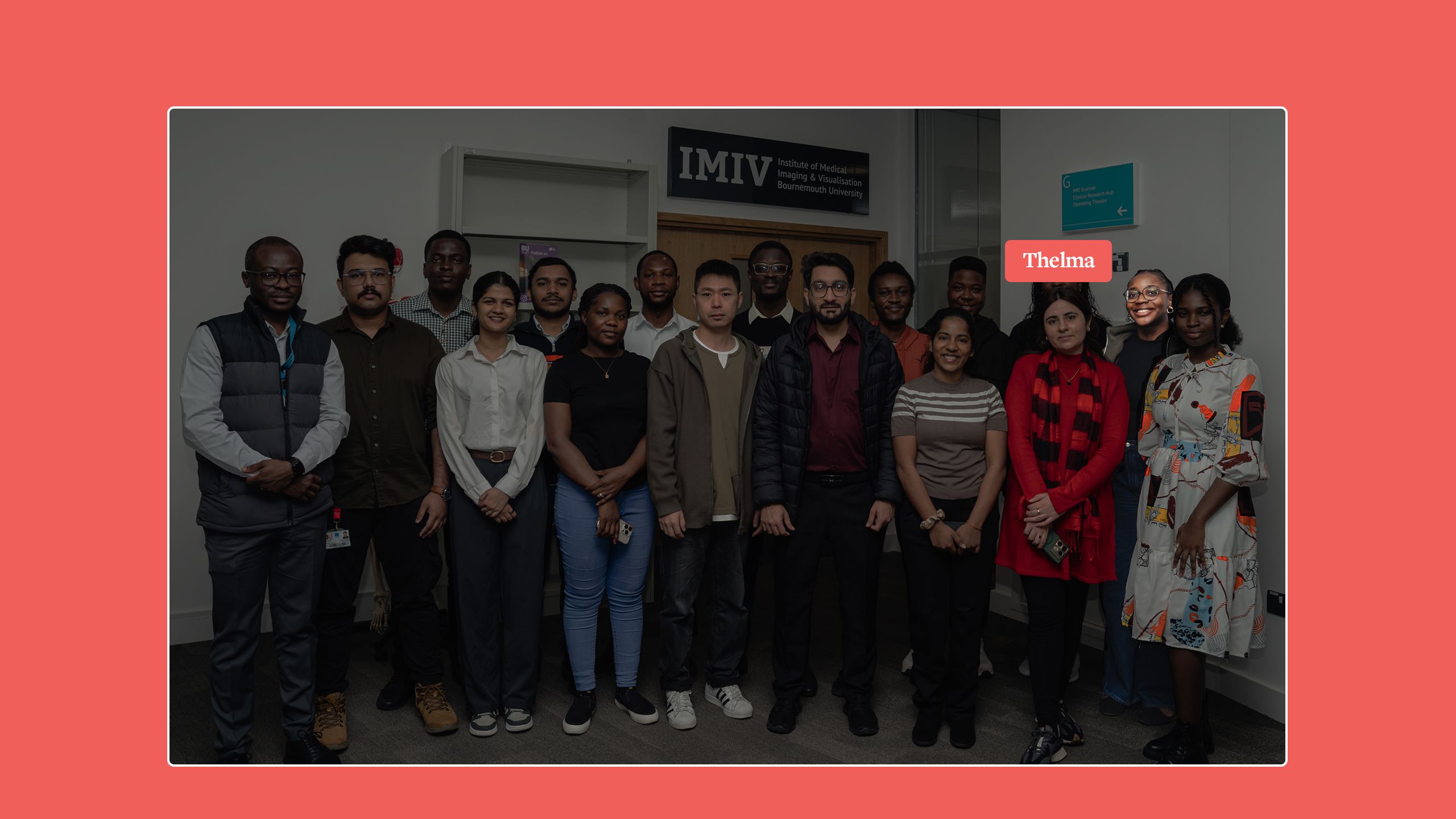
‘What do we want the future radiographer to look like?’
With the NHS, radiography and models of work evolving, Theo points out that the students and professionals of the future are going to look very different to the ones of today. “We need to think about evolving,” he says. “Overhaul the curriculum so that we can offer something that is in line with the current times. Other institutions offering radiography need to do so, but the professional community as a whole does, too.”
Synergy spoke to students on the Medical Imaging with Management course to find out their perspectives on the evolution of the profession, and how the programme is helping them keep up with the changing needs of modern healthcare.
Rosemary, an international student from Ghana, says she came to the UK to advance her knowledge of medical imaging – not just the clinical aspect, but the managerial ones too.
She believes the role of the radiographer won’t be restricted to the clinical environment but will extend beyond it, to managing other aspects of radiography, which is why the course at Bournemouth is so important.
Thelma, another student on the programme, shares her experience of working as a radiographer in Nigeria, and how that prompted her to seek leadership training through the course. “While I was working back home in Nigeria, there was a shortage of staff. Because of that, I had to go from being a junior radiographer to co-managing the department. I didn’t think I could handle it, because I was doing three people’s worth of work. I would come into work on Monday and almost never leave.
“But I was able to manage myself, and manage the team I was working with. That’s what pushed me to come on to this programme. I thought managing people may not be so bad!”


Rosemary, an international student from Ghana, says she came to the UK to advance her knowledge of medical imaging – not just the clinical aspect, but the managerial ones too.
She believes the role of the radiographer won’t be restricted to the clinical environment, but will extend beyond it, to managing other aspects of radiography, which is why the course at Bournemouth is so important.
Thelma, another student on the programme, shares her experience of working as a radiographer in Nigeria, and how that prompted her to seek leadership training through the course. “While I was working back home in Nigeria, there was a shortage of staff. Because of that, I had to go from being a junior radiographer to co-managing the department. I didn’t think I could handle it, because I was doing three people’s worth of work. I would come into work on Monday and almost never leave.
“But I was able to manage myself, and manage the team I was working with. That’s what pushed me to come on to this programme. I thought managing people may not be so bad!”
Edgar, meanwhile, is a PhD student at Bournemouth University, in his third year of a doctorate in medical imaging – and Theo’s first PhD student. He explains that his project focuses on the education side of medical imaging, exploring the different training models used for radiographers, with a focus on Sub-Saharan Africa.
By looking at how radiographers are trained at the undergraduate level, both in the UK and beyond, Edgar hopes to develop a better idea of what the industry is looking for in terms of employability and skillset. His research ties very closely into the master’s course, on which he is also a lecturer, because many of the same questions arise. “What do we want the future radiographer to look like?” he asks. “The expectation is that a radiographer is multi-modality, skilled at undergraduate level, capable of doing most of the work that comes in. But that also speaks to broader issues, such as limited placement sites.
Educational programmes such as the Medical Imaging with Management course help to make students more adaptable, both to the broader healthcare ecosystem and to the workforce shortages afflicting the profession. “You cannot continue training radiographers exactly the way you have done,” Edgar adds. “It doesn’t solve the problem. You need to start looking at whether you can do something differently. We want to ensure we can trust our graduates with patients.”
Providing more opportunities to transition into radiography
One of the discoveries that emerged from the course over the past year was that, while many of those applying to the course are radiographers, many are from people with medical or scientific degrees who wish to make a change and become radiographers. The problem is that Medical Imaging with Management, while providing advanced training in clinical practice and leadership, does not confer the protected title of radiographer. As such, the IMIV team is developing a programme that would offer cohorts who have already graduated, who now want to become radiographers, the opportunity to change careers. “We want to provide another bespoke programme, pre-registration,” says Theo. “It will be two years, but it offers them an academic title other than a master’s, because the students are already graduates. It offers them a protected title, so they can register with the Health and Care Professions Council and go into the NHS to practise radiography.”
Emerging almost entirely from student feedback and queries, the team was keen to address the needs raised by students and give people who are more tangential to radiography the chance to use their previous experience to get a master’s that would allow them to become radiographers. Theo is hopeful the course can launch next year.
Find out more about Medical Imaging with Management
Bournemouth University’s MSc Medical Imaging with Management course is an interdisciplinary programme designed to suit the progression and career development of scientists, radiographers, medical physicists, engineers and medical students wishing to intercalate and prepare for a career in radiology.
Over the year of teaching, students will develop their skills in advanced medical imaging practice, research and leadership, understand cross-sectional imaging and the people management skills needed for a career in the field, and critically explore technological advancements.
Read more



